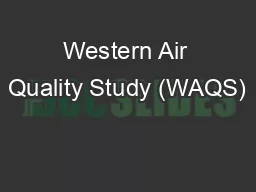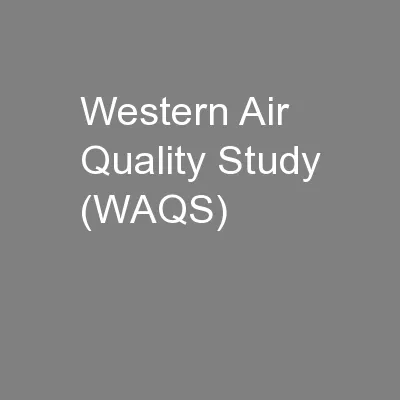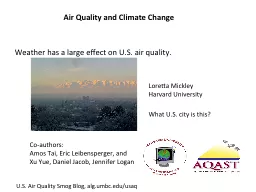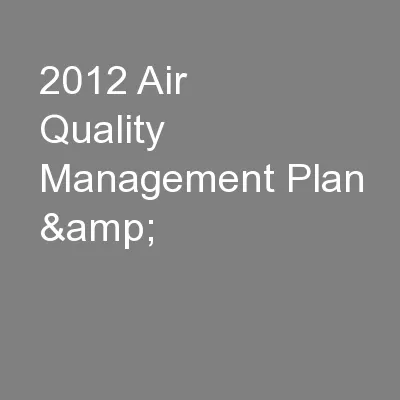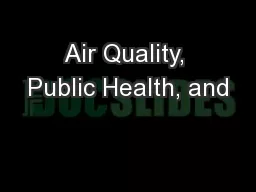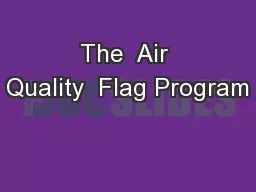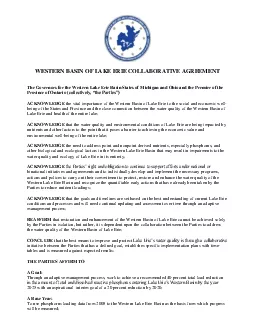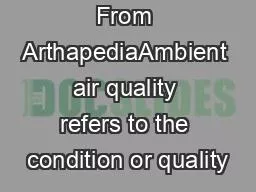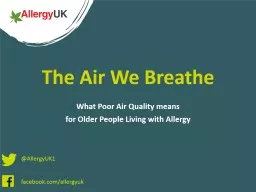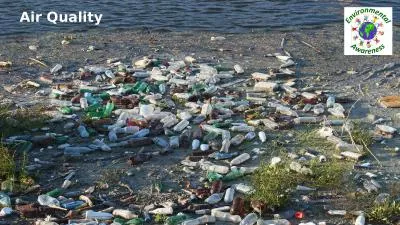PPT-Western Air Quality Study (WAQS)
Author : kittie-lecroy | Published Date : 2016-07-10
Intermountain Data Warehouse IWDW WAQS Workplan and Modeling Update University of North Carolina UNCIE Ramboll Environ Environ September 23 2015 WAQSIWDW Technical
Presentation Embed Code
Download Presentation
Download Presentation The PPT/PDF document "Western Air Quality Study (WAQS)" is the property of its rightful owner. Permission is granted to download and print the materials on this website for personal, non-commercial use only, and to display it on your personal computer provided you do not modify the materials and that you retain all copyright notices contained in the materials. By downloading content from our website, you accept the terms of this agreement.
Western Air Quality Study (WAQS): Transcript
Download Rules Of Document
"Western Air Quality Study (WAQS)"The content belongs to its owner. You may download and print it for personal use, without modification, and keep all copyright notices. By downloading, you agree to these terms.
Related Documents

